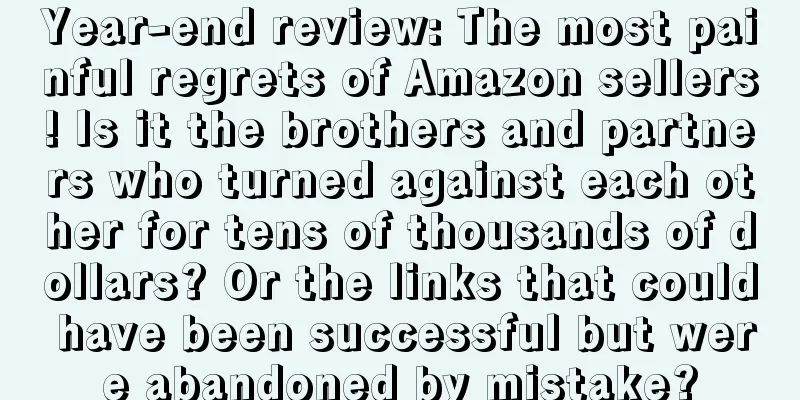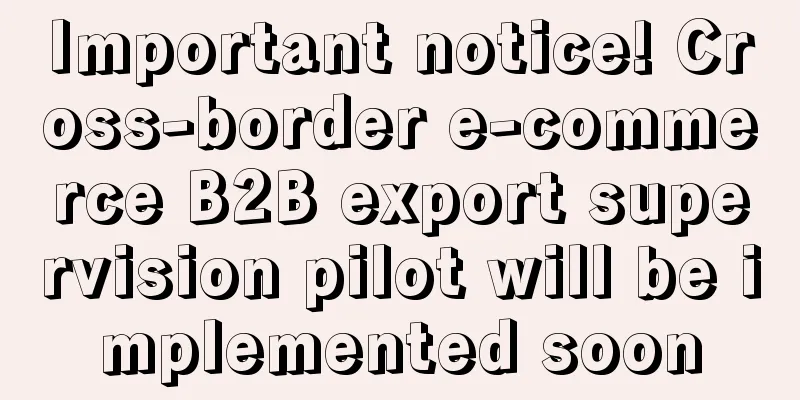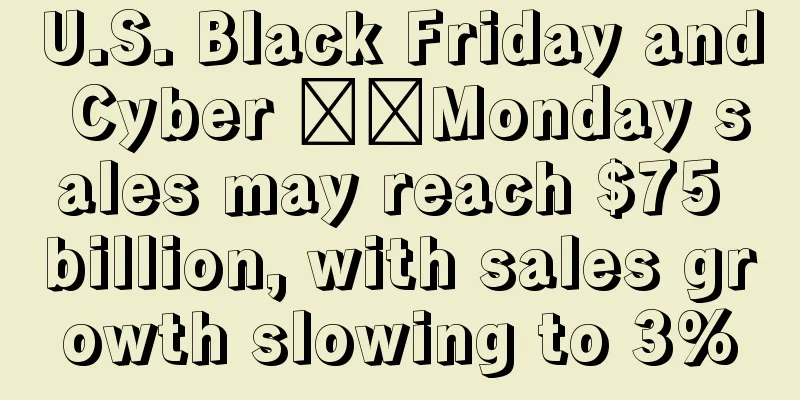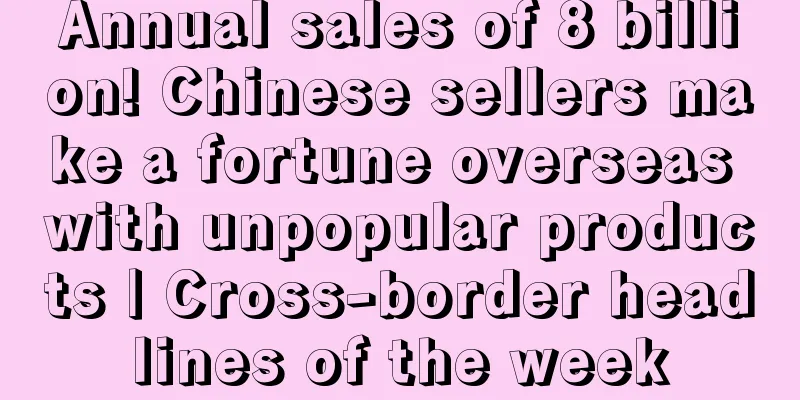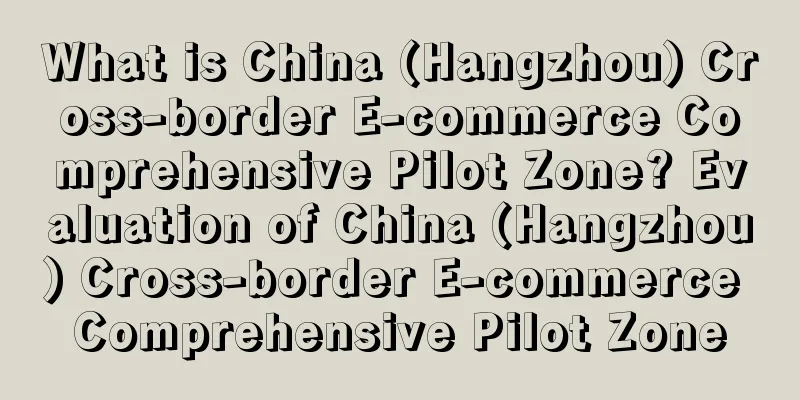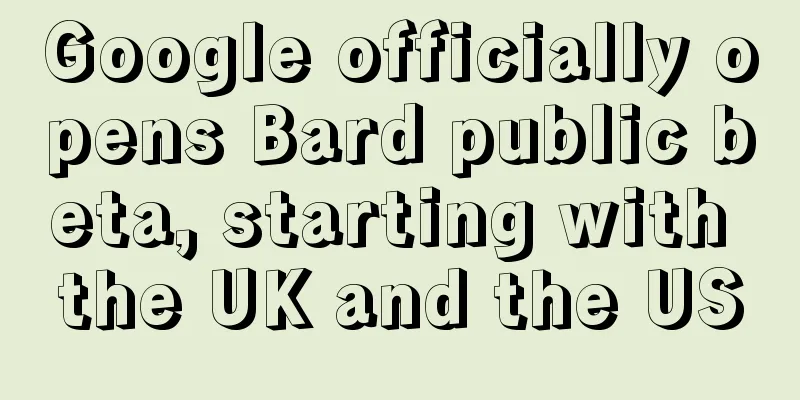Not just Luckin Coffee! A public model product that has been sold for 5 years has recently been registered with a US design patent. What should Xiaomai do? Will applying for patents become a trend?
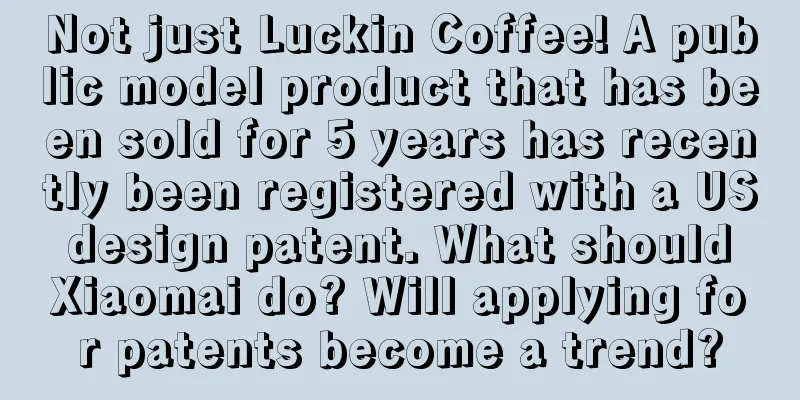
|
The word "preemptive registration" has frequently appeared in our sight recently. Not only Luckin Coffee, but even Amazon's public model products that have been sold for 5 years have recently been registered with US appearance patents. What should small sellers do? Recently, when searching for patents for products, I accidentally discovered that two public model products I sell have been registered for U.S. appearance patents. Both have been issued, but are not in the application period! "Wonderful Reply" Anonymous user Let’s first talk about a concept in patents called prior art. Prior art refers to the technology or products that existed before the other party applied for a patent. Prior art can be called prior art, and prior art can be used in determining patent invalidity or infringement.
----According to your situation, you can use the public evidence of others (sellers who have put the same product on the shelves a long time ago (before 2018)) to invalidate it. Others sold this product earlier and met the existing technical conditions, so this invalidation can be done;
----In this case, you are more afraid of complaints than lawsuits. It is difficult to appeal back if your product is removed from the shelves. Even if you get a return, the other party can complain again and again, which is very annoying. Amazon is not a professional evaluation agency. Even if you may not infringe, Amazon cannot evaluate it.
----In recent years, the number of patent applications has increased, and patent examinations have become slower and slower, compared with foreign TROs. The freeze has a lot to do with it. As more and more people are sued, they gradually pay more and more attention to product innovation. It will become more and more difficult to make currency and sell imitations, because people are more and more aware of intellectual property rights, and they will infringe on rights at any time. Therefore, making high-quality products and original works is the only way, and it is also the way that companies must take to comply with regulations. Selling currency can never avoid patent infringement issues. Mcdonkey Agree from: Vickie Personal experience: In 2018, I launched a product. I was the second seller at that time. Later, a Shenzhen guy copied my pictures and texts, and then modified them. He even copied my product manual (the pictures were not changed, only the name was changed). He fought with me on price every day, always selling $1 less than me. I had no choice but to copy at the bottom and directly apply for a U.S. design patent. In 2018-2019, the US had some problems with Chinese companies. After 10 months and 12,000 yuan, I still couldn't get it. The reason was that the product had been on public sale for a year, and I was not the first one to fail. The US design patent is actually examined and is very strict. Although your common mold product has been on the shelves for 18 years by other sellers, as long as the applicant can provide strong evidence to prove that he is the inventor during the actual review process, the patent can be obtained, unless you can provide strong evidence to prove it and then deny the patent through a lawyer, or you raise an objection during the patent declaration period. When you buy someone else's product, you basically have no weapons in your hands. The patent office will not accept your personal claims when the patent has been issued, so I advise you to give up. Also, don’t be so naive as to say “Is changing the appearance the only solution and then applying for a patent yourself?” Even if you change the appearance, if the innovation is not enough (not much different from the original patent), the US Patent Office will still not issue you a patent. Of course, if your redesign is indeed unique and innovative, that’s another matter. Ying Ru Shi - A not very serious man If the other party applied for a patent earlier than you did and has a legitimate patent, there is basically no possibility of winning the case. JimHuang - Post-80s entrepreneur, cross-border e-commerce intellectual property practitioner, doing difficult but right things A product that has been sold for a long time has been patented. This happened many years ago. Anonymous user This is an unavoidable problem for public mold products, not only in foreign patents, but also in China. In the future, I think the offense and defense of intellectual property rights will become very important. Either you register a patent if you are optimistic about the product, or let the factory register a patent (but the dominant power is always in the hands of others). If the product is relatively stable, you can consider contacting the other party for authorization. Every failure is a lesson learned. This problem is inevitable for public mold products. Anonymous user 1. Remove the product from the shelves as soon as possible, don’t wait until your funds are frozen by tro before you regret it Anonymous user Agree from: Vickie The future trend is basically to go the patent route, especially for big sellers, who have many styles designed and molded individually. If they want to promote popular products, applying for appearance patents is basically standard. If the technical content is very high, there may also be invention patents. Anonymous user A complaint may not necessarily be filed. Because you yourself said that this public model has been on the shelves since 2018. If there are large-scale complaints, the old seller will not ignore it. Moreover, he has an exclusive monopoly, and the factory will also lose some orders. You can find more source factories to see if you can find the seller who registered the patent. As long as you find his contact information, he will not easily mess with you. You can also fight back. There is no need for him to lose both sides. So don't be too nervous. It may also be that someone registered it to prevent malicious complaints. |
Recommend
What is new-to-brand? New-to-brand review
New- to -brand is a new metric recently introduced...
From Amazon to multiple platforms, a large number of sellers are continuing to explode!
text Recently, Amazon has continued to ban accoun...
Fully open to the shared bikes? TIKTOK’s biggest opportunity is coming!
Sellers who follow TikTok should have heard a piec...
The latest data for 2023! Top 20 shopping websites with the largest traffic in the United States
According to the monthly traffic statistics releas...
Best Buy Q3 results released! Revenue and net profit dropped sharply!
<span data-docs-delta="[[20,"获悉,11月22日,Bes...
What is Sellbrite? Sellbrite Review
Sellbrite is the leading multi-channel inventory a...
Times have changed! Amazon Black Friday will be on November 29th, and multiple platforms will rush to launch big sales
Normal, once there is data abnormality, such as s...
What is Yanglaoban.com? Yanglaoban.com Review
Yanglaoban.com is a cross-border e-commerce invest...
Amazon spends 1.5 billion! Competitors: We will stand out!
1 US low-cost passenger airline joins Amazon deli...
What is BluePay? BluePay Review
BluePay is an Internet company dedicated to changi...
Is it a scam? Everyone is doing the same thing and playing the same game, so why is it that my ad is not getting any exposure despite spending so much money?
Anonymous user My C position Category: Outdoor too...
Many Canadian products have been recalled! Available on Amazon and other platforms
It is learned that recently, the Canadian Ministry...
What is Vcan? Vcan Review
Vcan is the first payment provider from Hong Kong,...
5 pictures reveal the secrets! How is the US beauty and cosmetics market structured?
It is learned that eMarketer data shows that in th...
